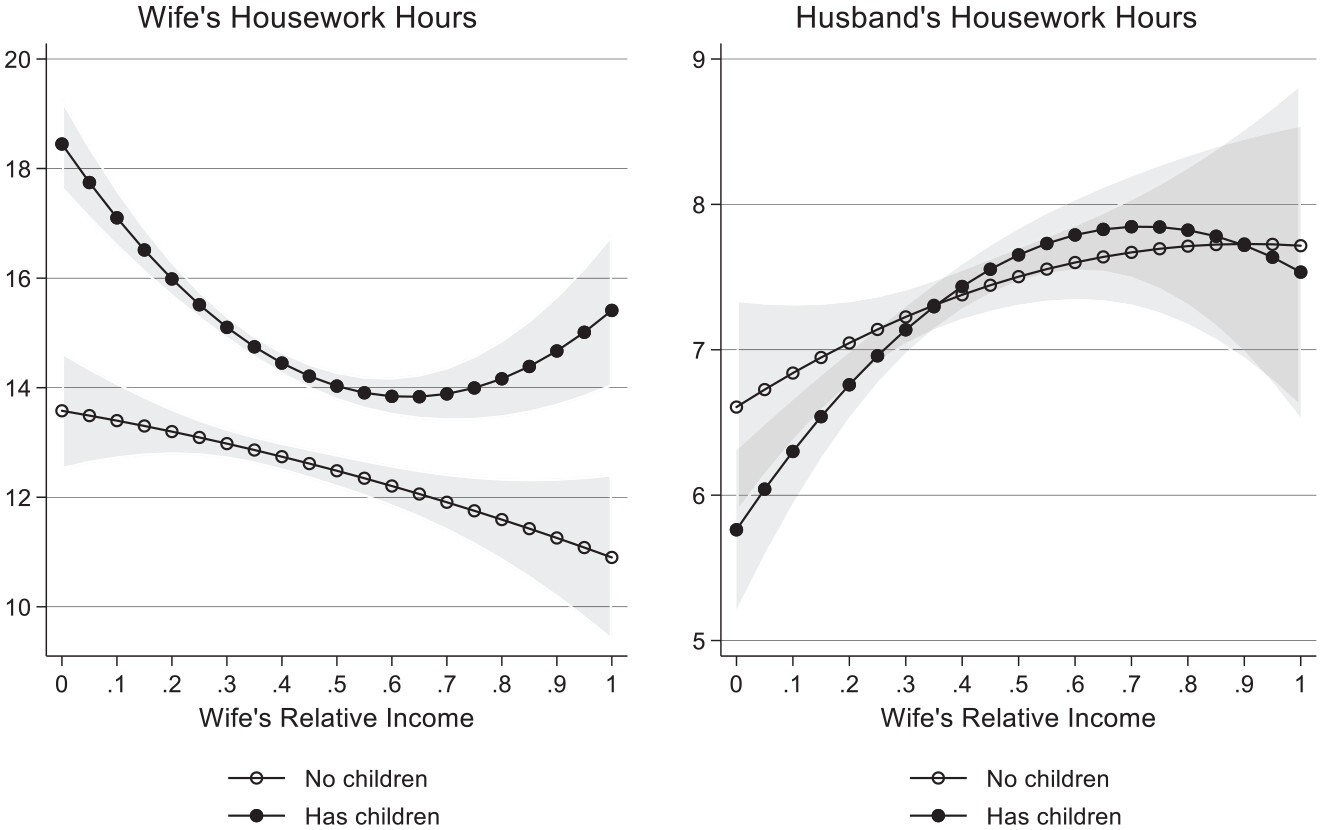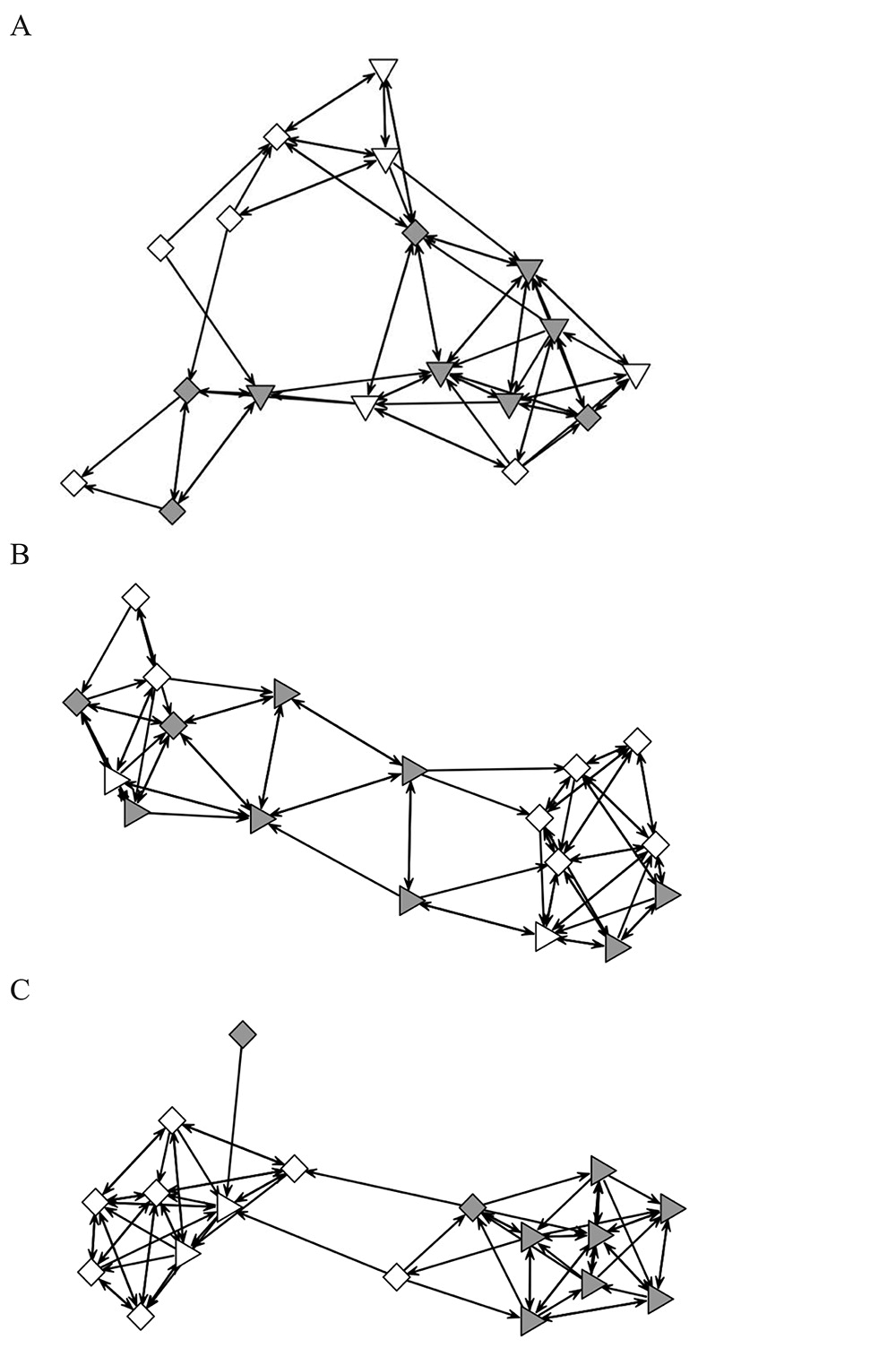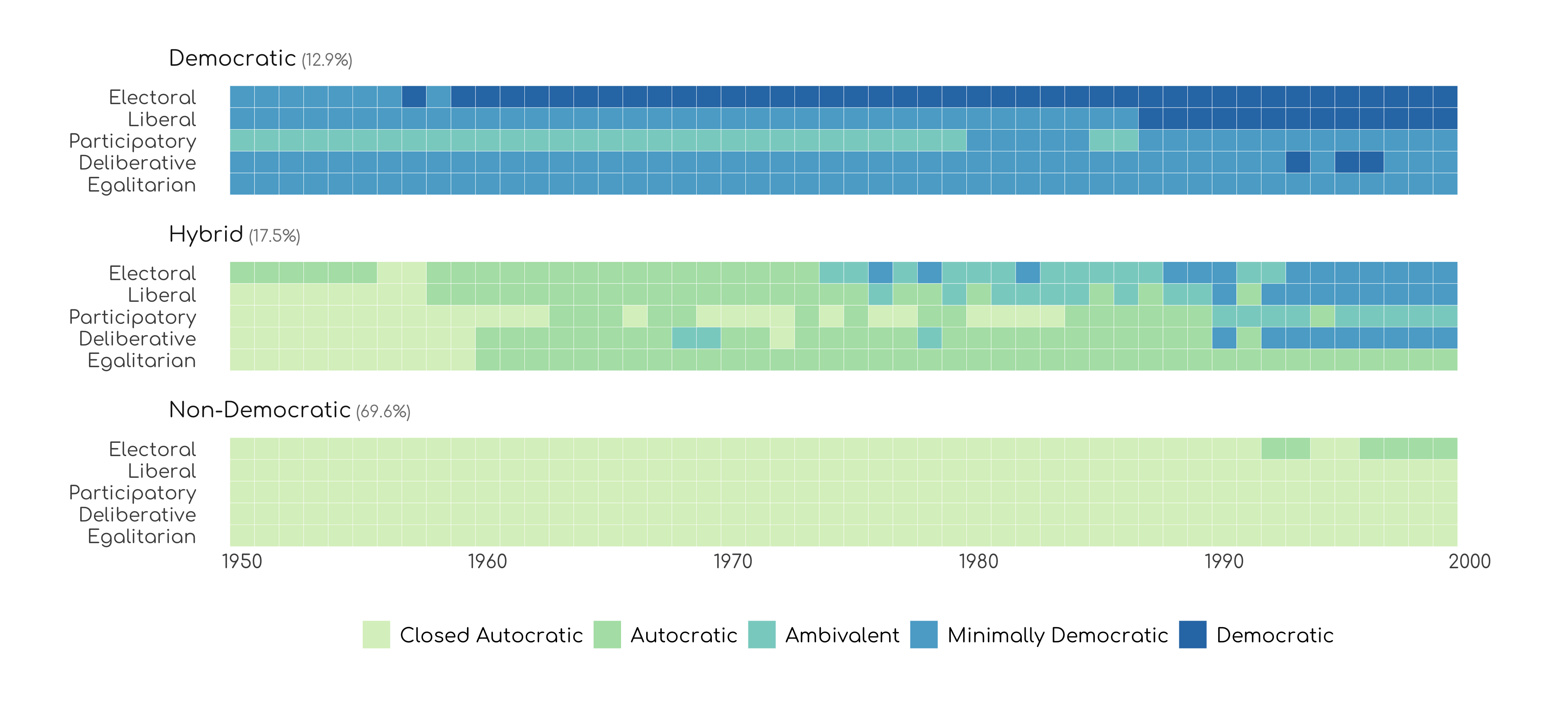# A tibble: 344 × 8
species island bill_length_mm bill_depth_mm flipper_length_mm body_mass_g
<fct> <fct> <dbl> <dbl> <int> <int>
1 Adelie Torgersen 39.1 18.7 181 3750
2 Adelie Torgersen 39.5 17.4 186 3800
3 Adelie Torgersen 40.3 18 195 3250
4 Adelie Torgersen NA NA NA NA
5 Adelie Torgersen 36.7 19.3 193 3450
6 Adelie Torgersen 39.3 20.6 190 3650
7 Adelie Torgersen 38.9 17.8 181 3625
8 Adelie Torgersen 39.2 19.6 195 4675
9 Adelie Torgersen 34.1 18.1 193 3475
10 Adelie Torgersen 42 20.2 190 4250
# ℹ 334 more rows
# ℹ 2 more variables: sex <fct>, year <int>Week 3
Theory and Method
SOCI 316
SOCIAL RESEARCH
Theory as a Lodestar—
February 11th
Some Updates
No Make-Up Date
Unfortunately, there is no assigned make-up date for last week’s cancelled session. Ergo, the syllabus will need to be adjusted as we get more information about how instructors can weave in optional sessions moving forward.
Some Updates
Guidelines for your research proposals will be
available next week.
Some Updates
Research Interest Memo Deadline
Your first memo (detailing your research interests) is now due by 8:00 PM on Friday, February 21st.
A Note on Office Hours
I expect each and every one of you to schedule a
meeting by early March.
A Roadmap for Today
Here’s What We’ll Do
Briefly review some of the assigned readings for Week 2.
Hold a group brainstorming session.
Discuss the provisional research ideas you have in mind—and how you are, at least preliminarily, hoping to link theory and method.
Transcending a
“General Linear Reality”
Putting You on the Spot
y = \beta_0 + \beta_1 x + \epsilon
A Quick Question
How would you explain what a linear regression model is?A Silly Example
A Silly Example
Call:
lm(formula = bill_length_mm ~ flipper_length_mm, data = penguins)
Residuals:
Min 1Q Median 3Q Max
-8.5792 -2.6715 -0.5721 2.0148 19.1518
Coefficients:
Estimate Std. Error t value Pr(>|t|)
(Intercept) -7.26487 3.20016 -2.27 0.0238 *
flipper_length_mm 0.25477 0.01589 16.03 <2e-16 ***
---
Signif. codes: 0 '***' 0.001 '**' 0.01 '*' 0.05 '.' 0.1 ' ' 1
Residual standard error: 4.126 on 340 degrees of freedom
(2 observations deleted due to missingness)
Multiple R-squared: 0.4306, Adjusted R-squared: 0.4289
F-statistic: 257.1 on 1 and 340 DF, p-value: < 2.2e-16A Silly Example
Show the underlying code
library(marginaleffects)
avg_predictions(basic_model,
variables = "flipper_length_mm") %>%
as_tibble() %>%
ggplot(., aes(x = flipper_length_mm, y = estimate)) +
geom_line(colour = "#b7a5d3", linewidth = 1.1) +
geom_ribbon(mapping = aes(ymin = conf.low,
ymax = conf.high),
alpha = 0.1) +
theme_bw() +
labs(x = "Flippper Length (mm)",
y = "Predicted Bill Length (mm)") +
theme(panel.grid.minor = element_blank()) 
A Silly Example
Adding Another Predictor
Show the underlying code
So, What’s the Issue?
To use such a model to actually represent social reality, one must map the processes of social life onto the algebra of linear transformations. This connection makes assumptions about social life—not the statistical assumptions required to estimate the equations, but philosophical assumptions about how the social world works.
(Abbott 1988, 170, EMPHASIS ADDED)
So, What’s the Issue?
Such representational use assumes that the social world consists of fixed entities (the units of analysis) that have attributes (the variables). These attributes interact, in causal or actual time, to create outcomes, themselves measurable as attributes of the fixed entities. The variable attributes have only one causal meaning (one pattern of effects) in a given study, although different studies may assign similar attributes different meanings. An attribute’s causal meaning cannot depend on the entity’s location in the attribute space (its context), since the linear transformation is the same throughout that space. For similar reasons, the past path of an entity through the attribute space (its history) has no influence on its future path, nor can the causal importance of an attribute change from one entity to the next. All must obey the same transformation.
(Abbott 1988, 170, EMPHASIS ADDED)
Transcending a General Linear Reality
Figure 2 from Syrda (2023)
Transcending a General Linear Reality
Figure 5 from Zhao (2023)
Transcending a General Linear Reality
Using Sequence Analyses (cf. Abbott 1995)
Karim and Drago’s Democratic Strain and Populist Fervor in India, America and Beyond
From Categories to Categorical Typicality
The Dangers of Nominalism
[T]he categories social scientists use in our research belie the inherent fuzziness and vagueness of our most commonly used and important concepts. In many, if not most, cases, no particular feature is a common element in defining a concept. Rather, there are only family resemblances—criss-crossing patterns of similarities between different members.
(Monk 2022, 9, EMPHASIS ADDED)
The Dangers of Nominalism
A Random (Yet Relevant) Question
How would you explain what a bird is?The Dangers of Nominalism
[C]onsider the immense heterogeneity of features possessed by members of the category “bird” … A prototypical bird, for instance, may be of a certain size (relatively small), have feathers and a beak, be able to fly and lay eggs, and so on. These features, in turn, are weighted in terms of importance to the prototype. Clusters of key categorical cues and the relations between these cues are known as prototypes—abstract summary representations of “best examples” of a concept … Flight, for instance, may be weighted more heavily than feathers. Even the relations between features may be weighted. Having feathers and a beak may be more important than a potential bird’s size and its ability to lay eggs. These features, the sets of properties we associate with a term, are called intensions and form the foundation of human thought.
(Monk 2022, 9, EMPHASIS ADDED)
The Dangers of Nominalism
In a paper-in-progress, Martin Lukk and I posit that party politics can be understood through this lens, too.
Consequently, we focus on a party’s far right typicality in lieu of their nominal membership in the far right party family.
The Dangers of Nominalism
Some Preliminary Results—Two Data Points
| country | year | party | leader | far right typicality |
|---|---|---|---|---|
| United States of America | 2012 | |||
| United States of America | 2016 |
Group Exercises
(1) Brainstorming Session
You will be assigned to one of two groups. In these groups, you will—
Connect your assigned “claim” to a set of concrete theoretical propositions or first principles.
Explain how these propositions can be empirically scrutinized using qualitative or quantitative instruments.
Group 1
Gender is a fluid, multidimensional phenomenon.
Group 2
We live in a more polarized world.
(2) Research Ideas
What might be the focus of your research proposal?
Specifically, what empirical puzzle do you want to investigate? How do you plan to measure key concepts and variables?
Discuss your preliminary ideas with a classmate you
have not yet chatted with.
Have a Lovely Week!
References




